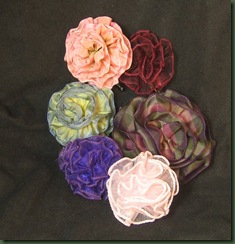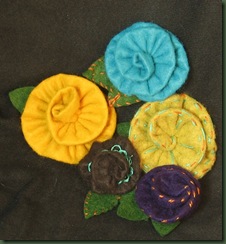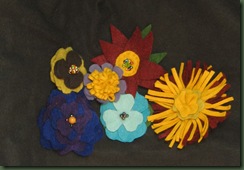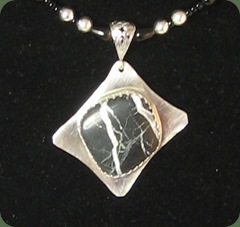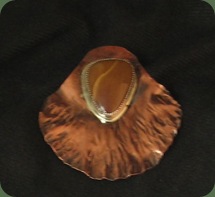For more than 20 years I have read everything I could get my hands on to help me learn about creativity. That has even included grabbing the newspaper away from my husband if I noticed a headline with the “C” word. The latter happened last Sunday when a newspaper article titled “Creative people must take action to succeed” caught my eye. Author Robert Pagliarini suggests that no matter what your art, “your only goal should be to create.” Hmm . . . there are those other goals such as how will I earn enough to feed myself and put a roof over my head; yet, I do think Pagliarini has a point. The focus is to create. He suggests that we shouldn’t ever call ourselves “aspiring” as in aspiring designer, aspiring artist, aspiring musician. Those people only talk and dream about creating. Those of us who do create ARE designers, artists and musicians. The author states that artists shouldn’t wait for approval or permission to create.
We could read hundreds of books about both successful and unsuccessful creatives, however, with Pagliarini’s words as thought stimuli, I’ve been open to finding lesser known people who currently create. One of those must certainly be sewing enthusiast and author Deborah Moebes whose new book Stitch by Stitch is available through her blog (http://whipstitchfabrics.com/blog/page/4/) or from Amazon. Moebes has taken her creative talent and turned it into a book for beginning sewers that is easy to understand and extremely helpful. I call this success.
An imaginative artist named Jean Piche developed his own musical software and has been awarded as a composer for other people’s films. Now, he has created his own films in a genre called Video-music. He uses abstract video painting accompanied by his own musical score.
Both of the aforementioned people appear to have used creative thinking to be successful. While many of us may not achieve the type success achieved by some creatives, we can certainly achieve success of our own. It seems to me that we simply need to find the right ruler by which to measure success. Does it have to be monetary? Of course not! I remember feeling highly successful which I saw a copy of my first book, Creative Thinking and Problem Solving in Young Learners, (Available at Amazon.com). Even though I still receive royalties from all my books, I can hardly say I could have given up my day job based on this income. Yet, I have certainly felt successful. Currently when I wear one of my jewelry designs and someone asks me where I bought it, I feel successful.
One element that aids creative people is when they have managed a way to survive without requiring much income from their creative work (at least initially). While I haven’t studied the background of Jean Piche, it would make sense that his success as a composer for others may have afforded him the income to create something entirely his own. Another example is of a young musician who was an executive in a software company. He quit his day job and took a year to travel and create his own music album. For this endeavor, he wrote the songs, performed all the vocals and all the various instrumentals and then produced them with his own recording equipment. The success of his former day job afforded him the chance to follow his creative endeavor for a while. Also, I have been fortunate to be married to a smart business man who has always provided for his family allowing me to do my creative thing.
So, it’s back to the initial question. How do creative people succeed? I believe we need to set our own expectations for success and judge it in a manner that keeps us creating. I, for one, don’t want to go back to simply “aspiring”. I want to BE.





